Article from Issue #19 (March 7, 2020)
Safe Disinfectant - Shaklee Basic G
by Shaklee
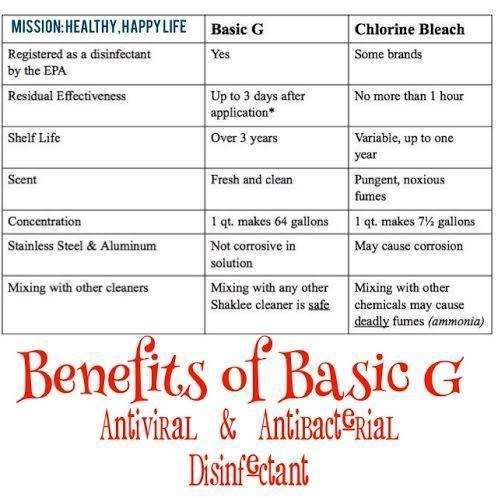
Source: Sunnyside Health Center
Bacteria, fungi and viruses can wreck havoc on your family’s health and safety. Chlorine bleach is toxic to the skin, lungs and immune system. How about a healthy alternative?
Basic-G is Shaklee’s premium multipurpose neutral pH germicidal / virucidal and detergent. For use in households.
Basic G disinfects, cleans, and deodorizes the following hard, nonporous, inanimate surfaces: floors, walls, metal surfaces, stainless steel surfaces, glazed porcelain, plastic surfaces (such as polypropylene, polystyrene, etc.).
Shaklee’s Active Ingredients (QACs or Quats)
Quaternary ammonium compounds are fairly complex chemicals in which nitrogen is bound to four organic groups. The positively charged cations in the compounds bind with the acidic phospholipids in the microbial cell wall. This action blocks the uptake of nutrients into the microbial cell and prevents the discharge of waste. In general, QACs are effective against a wide range of microbes, although the spore phase is unaffected. At lower concentrations, Gram-positive bacteria are more sensitive to QACs than Gram-negative bacteria. QACs are formulated in many different variations for specific situations. Interestingly, Basic G is biodegradable by oxyen and sunlight UV and is converted into food for soil microbes – what is poison to microbes and viruses becomes nitrogen food for lower food chain life forms.
What About Bleach?
On the other hand, bleach is a dilution of sodium hypochlorite which binds to organic molecules most indiscriminately and oxidizes metals rapidly. Its overall effectiveness, low cost and ease of manufacturing make hypochlorites the most widely used sanitizers. Sodium hypochlorite is a strong oxidizer and causes broad cellular mortality by damaging the outer membrane, likely producing eventual lysis of the cell. In addition, these compounds inhibit cellular enzymes and destroy DNA. Spores, however, are resistant to hypochlorites, as the spore coat is not susceptible to oxidation except at high concentrations and elevated temperatures. Other disadvantages of hypochlorites are corrosiveness to metals, health concerns related to skin irritation and mucous membrane damage and environmental contamination. The latter is of concern as chlorine can combine with organic substances to form toxic chlorinated compounds, such as trihalomethanes and dioxins. Hypochlorite use may be further restricted in the future. Care must be taken when cleaning hypochlorite spills as organic materials such as cloth, sawdust and paper may spontaneously combust upon drying!
Ingredients Safe For The Environment
Shaklee Basic G Dilution: 1:256 (660 ppm quaternary strength) – 1 ounce per 2 gallons of water; ½ ounce per
gallon of water. Use 2 ounces per gallon of water to kill Adenovirus Type 7. See a longer list further in this blog.
EPA Registration Number: 47371-129-7294
Directions for use:
• It is a violation of Federal law to use Basic-G in a manner inconsistent with its labeling.
• Read the Basic-G product label affixed to the container before applying.
• Use of Basic-G according to the labeling is subject to the use precautions and limitations imposed by the label affixed to the container.
• For Human Coronavirus, treated surfaces must remain wet for 1 minute. Wipe dry with a clean cloth, sponge • For Influenza Virus Type A, treated surfaces must remain wet for 2 minutes. Wipe dry with a clean cloth, sponge or mop or allow to air dry.
• *Read Carefully – Kills HIV-1 [AIDS virus] AND HBV [HEPATITIS B VIRUS] and HCV [Hepatitis C Virus] and many Coronaviruses ON precleaned,HARD NON – POROUS ENVIRONMENTAL SURFACES / OBJECTS PREVIOUSLY SOILED WITH BLOOD / BODY FLUIDS in health care settings or other settings in which there is an expected likelihood of soiling of inanimate surfaces / objects with blood / body fluids, and in which the surfaces / objects likely to be soiled with blood / body fluids can be associated with the potential for transmission of Human Immunodeficiency.
Virus Type I [HIV-1][associated with AIDS] or Hepatitis B Virus HBV] or Hepatitis C Virus [HCV].
• Special Instructions for Disinfection, Cleaning and decontamination against HIV-1 [AIDS Virus] or HBV or HCV on Surfaces / Objects Soiled with Blood / Body Fluids:
Personal Protection: Disposable protective gloves, gowns, face asks, and eye coverings must be worn during all cleaning of blood / body fluids and during decontamination procedures.
• Cleaning Procedures: Blood / body fluids must be thoroughly cleaned from surfaces / objects before application of disinfectant.
• Contact Time: Mix ½ oz. of Basic G per gallon of water [or equivalent dilution]. HIV-1
[AIDS virus] is inactivated after a contact time of 4 minutes at 25C [77ºF] [room temperature]. HBV and HCV are inactivated after a 10 minute contact time. Use a 10-minute contact time for all other viruses, fungi, and bacteria listed.
• Disposal of Infectious Materials: Blood / body fluids must be autoclaved and disposed of according to federal, state, and local regulations for infectious waste disposal.
Basic-G® is clinically effective against the following pathogens:
Bacteria
Pseudomonas aeruginosa1
Staphylococcus aureus1
Salmonella enterica
Acinetobacter baumannii
Acinetobacter calcoaceticus
Bordetella bronchiseptica
Chlamydia psittaci
Staphylococcus aureus – Community Associated Methicillin-Resistant [CA-MRSA] [NRS384] [USA300]
Staphylococcus aureus – Community Associated Methicillin-Resistant [CA-MRSA] [NRS123] [USA400]
Enterobacter aerogenes
Enterobacter cloacae NDM -1
Enterococcus faecalis – Vancomycin Resistant (VRE)
Escherichia coli NDM-1
Fusobacterium necrophorum
Family and Pet safe when used according to directions
Klebsiella pneumoniae NDM-1
Legionella pneumophila
Listeria monocytogenes
Pasteurella multocida
Proteus mirabilis
Proteus vulgaris
Salmonella enteritidis
Salmonella typhi
Salmonella typhimurium
Serratia marcescens
Shigella flexneri
Shigella sonnei
Staphylococcus aureus – Methicillin resistant (MRSA)
Staphylococcus aureus – Vancomycin Intermediate Resistant (VISA)
Staphylococcus epidermidis2
Streptococcus faecalis1
Streptococcus pyogenes (Strep)
Viruses
*Adenovirus Type 4
*Adenovirus Type 7 (at 2 oz. per gallon of water)
*Hepatitis B Virus [HBV]
*Hepatitis C Virus [HCV]
*Herpes Simplex Type 1
*Herpes Simplex Type 2
*Human coronavirus including COVID-19
*HIV-1 [AIDS virus]
*Influenza A Virus/ Hong Kong Flu [in association with organism inluenza A virus/Hong Kong]
*Respiratory Syncytial Virus [RSV]
*Rotavirus [WA]
*Rubella virus
*SARS Associated Coronavirus
*Vaccinia [Pox virus]
*Pandemic 2009 H1N1 Influenza A virus [formerly swine flu]
*ATCC & antibiotic-resistant strain
Animal Viruses
*Avian Influenza (H5N1)
*Avian polyomavirus
*Canine distemper
*Equine Herpes Virus Type 1
*Feline coronavirus
*Feline leukemia
*Feline panleukopenia virus
*Feline picornavirus
*Infectious bovine rhinotracheitis
*Infectious bronchitis (Avian IBV)
*Newcastle Disease
*Porcine parvovirus
*Pseudorabies (PRV)
*Rabies
*Transmissible gastroenteritis virus (TGE)
Fungi
Aspergillus niger
Candida albicans
Trichophyton mentagrophytes (Athlete’s Foot Fungus)
Fresh Produce Parasites
Shaklee Basic G is not intended for internal use! Long distance transportation of fresh produce introduces the possibility of parasites entering our food supply. Washing fresh leafy produce from questionable sources (organic or not) should be performed. One drop of Shaklee Basic G and 3 drops of Basic H (blue) along with 1 T. 3% hydrogen peroxide in 1/2 gallon of cold water used as a 5 minute soak and then rinse with Shaklee Get Clean water is a sure way of removing and destroying ova and many tropical parasites from your food. Don’t guess or assume your food is clean. Trust me – it is easier to prevent parasitic infections than to treat them!
About Richard Brouse
Dr. Brouse is a chiropractic physician, biochemist, certified clinical nutritionist, teacher, author, and lecturer on health preservation and disease prevention. He founded The Sunnyside Health Center and Chiropractic Clinic in 1977. Since that time many thousands of people have been empowered to make wise choices with nutrition, exercise and stress management, helping them to live a richer life.
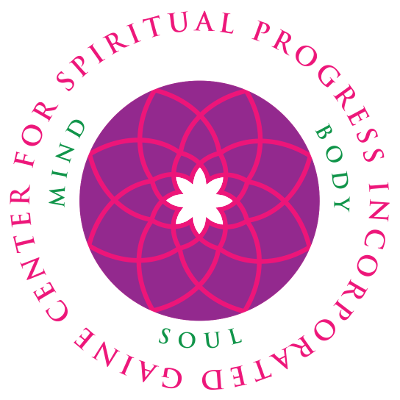
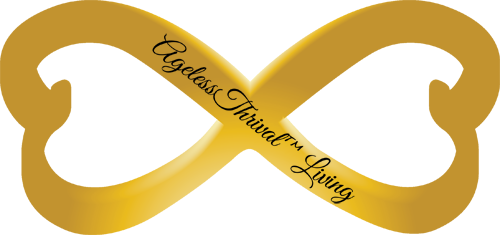
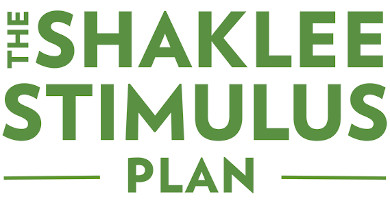 The Shaklee Stimulus Plan
The Shaklee Stimulus Plan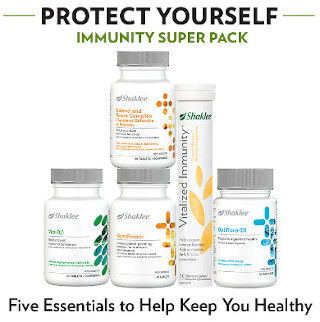 Share the New Immunity Super Pack
Share the New Immunity Super Pack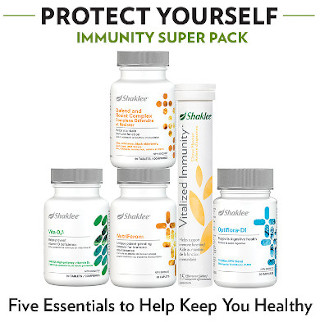 Share the New Immunity Super Pack
Share the New Immunity Super Pack